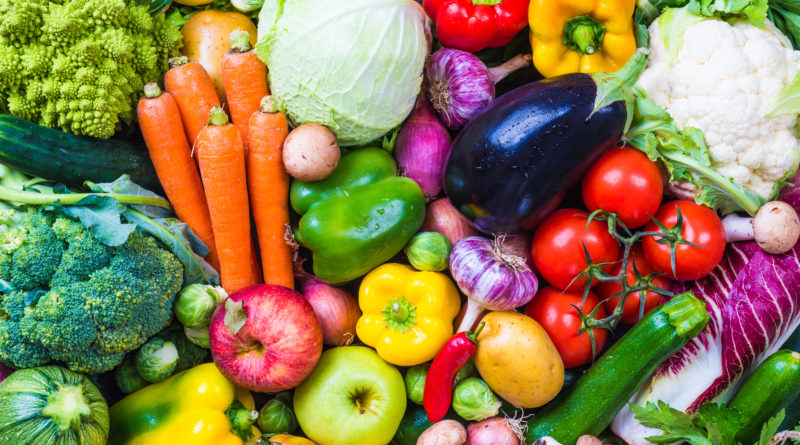Five Less Common Fruits and Vegetables for Healthy Eating
2,071 total views, 1 views today
It can be easy to get in a familiar routine with what you eat, but when you step out of your comfort zone, you can discover all kinds of delicious new foods. For example, various fruits and vegetables from around the world that you might not yet eat can be not just tasty, but healthy too. Next time you visit your local grocery store, try these five less common fruits and vegetables.
1. Papaya
Papaya is a tropical fruit that originated in Central America and Southern Mexico. Now, papaya is becoming more popular around the world. Ripe papaya can be eaten raw, contains healthy antioxidants called carotenoids, and is high in vitamins C and A. Studies have shown that fruits with vitamin C may help prevent heart disease and support your immune system. Papayas are green when they are unripe, and it’s recommended to cook unripe papaya before eating. Ripe, ready-to-eat papaya appears yellow.
2. Durian
Durian trees are native to tropical regions in Brunei, Indonesia, Thailand, and Malaysia. Durian is a summer seasonal fruit known for its distinctive scent. Despite its potent smell, it has a slightly sweet taste, and ripe durians are often used as a flavor base. When unripe, durian may be cooked as a vegetable in several dishes. It is also rich in fiber, vitamin C, and potassium.
3. Dragon fruit (also known as pitaya)
Dragon fruit is primarily grown in Asia, Mexico, Central America, and South America. It tatstes similar to kiwis and pears. The best time to eat a dragon fruit is when its color is bright and even, and you can identify it as ripe if it feels slightly firm. Many people eat dragon fruit by cutting it open and scooping out the flesh with a spoon, and other people add dragon fruit to smoothies or fruit salads. Eating dragon fruit may help improve your cardiovascular health, and its antioxidants and edible seeds provide omega-3 and omega-6 fatty acids.
4. Cassava (commonly known as yuca)
Cassava is a long, fibrous, starchy root vegetable that is a staple in many Latin American, Caribbean, and African recipes. Similar to potatoes, cassava can be prepared in many ways. It can be steamed, boiled, baked, grilled, fried, mashed, and added to stews. Cassava cannot be eaten raw because it contains hydrocyanic acid, which can cause cyanide poisoning. Before cooking cassava, it must be peeled since the skin also has high concentrations of hydrocyanic acid. But don’t let these concerns stop you – cassava root has more protein than white potatoes. Additionally, cassava root (yuca) provides bone-strengthening vitamin K.
5. Bok Choy
Bok choy is a dark, leafy nutritious vegetable that is found in many Asian dishes. Some people call bok choy “Chinese cabbage.”
It’s best to buy bok choy during the winter, but it is available year-round, and you can add it to a stir-fried dish or a soup. You can prepare it in several different ways such as steaming, braising, and grilling. Like many fruits and vegetables, bok choy contains numerous antioxidants.
Branch out to eat international fruits and vegetables for a balanced yet diverse diet. You might find that your new favorite food is located at your local grocery store.

